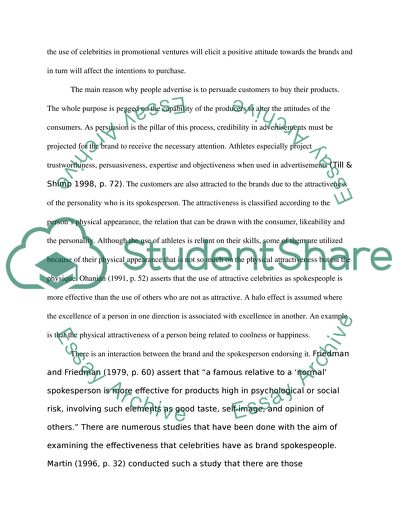Cite this document
(“Athletes and their Impacts on Endorsement of Sportswear Literature review”, n.d.)
Athletes and their Impacts on Endorsement of Sportswear Literature review. Retrieved from https://studentshare.org/marketing/1442071-the-effect-of-celebrity-athlete-endorsements-in
Athletes and their Impacts on Endorsement of Sportswear Literature review. Retrieved from https://studentshare.org/marketing/1442071-the-effect-of-celebrity-athlete-endorsements-in
(Athletes and Their Impacts on Endorsement of Sportswear Literature Review)
Athletes and Their Impacts on Endorsement of Sportswear Literature Review. https://studentshare.org/marketing/1442071-the-effect-of-celebrity-athlete-endorsements-in.
Athletes and Their Impacts on Endorsement of Sportswear Literature Review. https://studentshare.org/marketing/1442071-the-effect-of-celebrity-athlete-endorsements-in.
“Athletes and Their Impacts on Endorsement of Sportswear Literature Review”, n.d. https://studentshare.org/marketing/1442071-the-effect-of-celebrity-athlete-endorsements-in.


